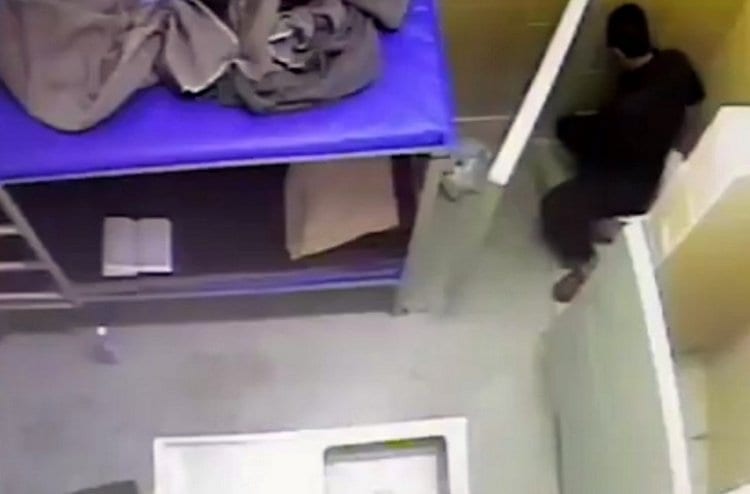The Israel Antiquities Authority has been involved in excavations in the Tel Lachish National Park in central Israel for over a decade. Lachish was one of the most important cities in the land of Israel after Jerusalem during the 8th century B.C. in the First Temple era, and the largest “gate-shrine” was found there. As the Bible testifies, during this period everything took place at the city gates where the elders, judges, governors, kings and officials sat on benches.
The IAA excavation completely exposed the gate, which was partially uncovered decades ago. The 80-by-80-foot Lachish city gate is preserved to a height of 16 feet. It consists of six chambers – three on each side, with the city's main street passing between them.
Benches with armrests were in the first chamber. At the foot of the benches were jars, scoops for loading grain and jar handles bearing the name of the official or a seal impression indicating they belonged to the king. The IAA believes the jars were prepared for the Kingdom of Judah's war against Assyrian King Sennacherib in the late 8th century B.C.
According to Excavation director Sa'ar Ganor, a staircase ascended to a large room where there was a bench upon which offerings were placed. An opening in the corner of the room led to a sanctuary, exposing lamps, bowls and stands and two four-horned altars whose horns had been “intentionally truncated.” A chair-shaped stone with a hole in the middle which were identified as a toilet was found in the corner of the room.
“That is probably evidence of the religious reform attributed to King Hezekiah, whereby religious worship was centralized in Jerusalem and the cultic high places outside the capital were destroyed,” Ganor said. He believes that the toilet was the “ultimate desecration.”
The idea of using a toilet to defile cultic locations is even mentioned in the Bible, as in the case of Jehu when he destroyed the cult of Ba'al (see II Kings 10:27). It's the first time the phenomenon has been confirmed archaeologically.
Minister of Jerusalem and Heritage Ze'ev Elkin said the discovery is an example of how excavations “show us time and time again how biblical tales that are known to us become historical and archaeological stories.”





